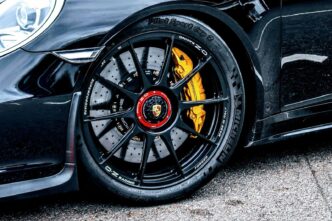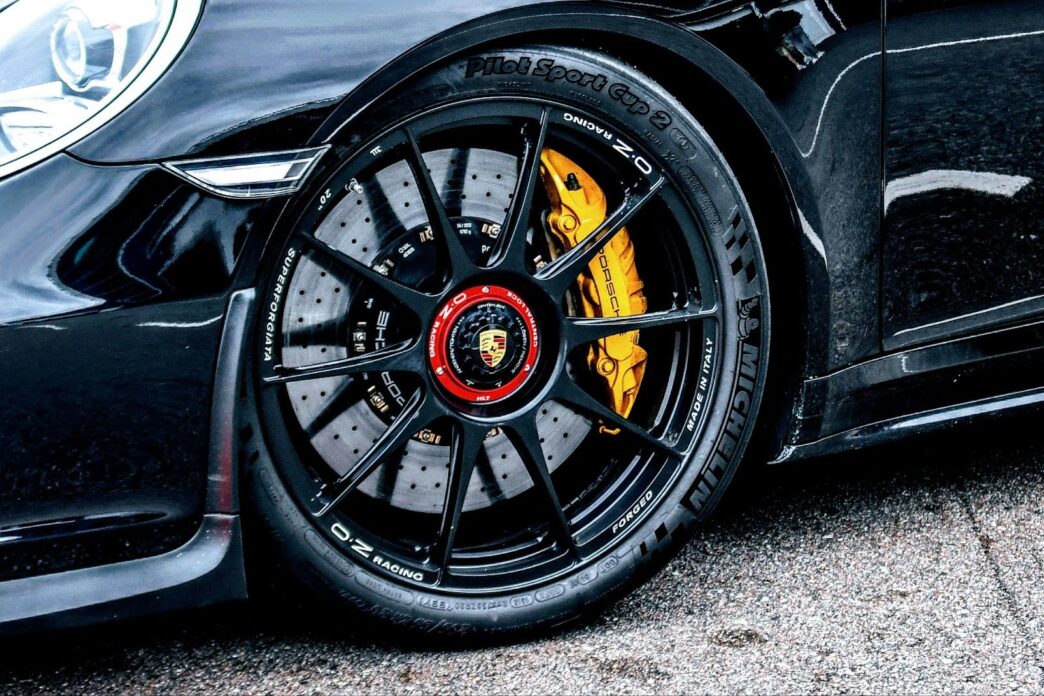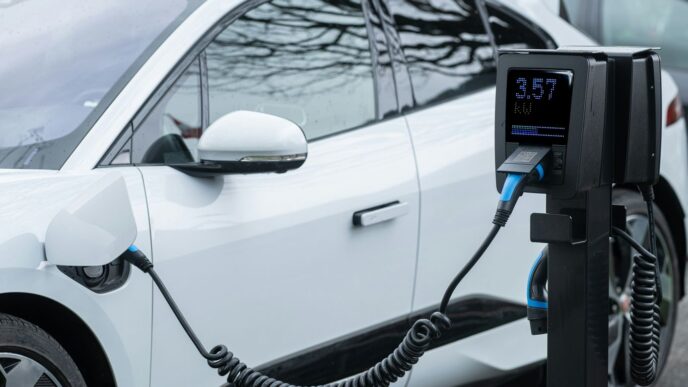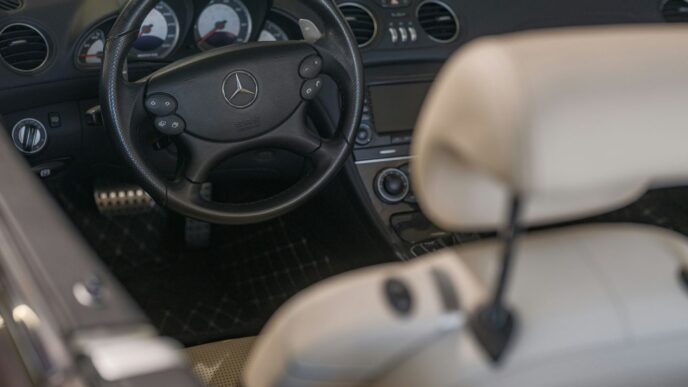There’s a certain reverence that envelops a vintage car—an unmistakable aura that transcends its steel, leather, and rubber. These machines are not just vehicles; they are living reflections of the eras that birthed them, snapshots of society’s aspirations, engineering triumphs, and cultural shifts. To maintain the integrity of a classic car is to honor more than its design; it’s to preserve a story, a spirit, and a piece of collective history.
Every curve of a 1960s Porsche and every chrome detail on a 1950s Mercedes-Benz SL speaks to a particular philosophy of its time. Cars once mirrored societal moods—post-war optimism, the space race, the energy crises, the quest for freedom on open roads. Design was purposeful yet daring, blending craftsmanship with ambition. Materials were chosen for permanence rather than disposability. These machines carried not only passengers but also dreams.
In today’s world, where technology evolves faster than a new model year rolls off the line, the importance of preserving originality in vintage cars has become even more vital. Modern vehicles, while remarkable feats of engineering, are often built for speed of production rather than the romance of endurance. By contrast, the classics were built to last, with each dent, patina, and quirk adding to their character rather than diminishing it.
Justin Lunny, Founder & CEO of Everrati, a luxury electric vehicle company specializing in the transformation of iconic classic cars into high-performance, zero-emission vehicles, says: “I started Everrati because I saw the opportunity to preserve the world’s most iconic cars by using the most modern, sustainable automotive technology. We’re not in the business of changing what makes these vehicles special, in fact we always aim to enhance the driving experience.”
Keeping these icons true to their original forms is about more than mechanical loyalty. It’s about resisting the urge to erase their imperfections, about allowing the echoes of history to remain audible. Every original badge, hand-stitched seat, or matching-number engine whispers a reminder: this is how it was. This is how we dreamed.
The temptation to heavily modify or “update” vintage cars is understandable. Modern conveniences, after all, offer undeniable appeal. Yet thoughtful enthusiasts and restorers increasingly understand that authenticity carries a value no modern retrofit ever could. A car’s soul resides in its original intent, and maintaining that authenticity does not mean resisting innovation—it means respecting the foundation.
As Lunny explains, preserving automotive icons is about maintaining the delicate balance between honoring history and embracing the future.
This philosophy doesn’t suggest that all innovation should be shunned. In fact, sympathetic restoration techniques, sustainable enhancements, and even select performance upgrades can have their place—so long as the heart and visual language of the car remain intact. The best restorations are those that feel invisible to the casual observer yet reverent to the expert eye.
“We’re making sure these incredible vehicles can live on for future generations and be driven for decades to come. Our engineering approach is all about respecting the soul of the car. We fit our technology to the vehicle, not the other way around. That’s what makes us different,” continues Lunny.
In a world increasingly driven by fleeting trends, algorithmic tastes, and disposable goods, a meticulously preserved vintage car stands defiantly as a symbol of enduring value. It challenges the notion that newer is inherently better and asks instead: what is worth holding onto?
Automobiles with their original integrity maintained are rare because true preservation demands patience, knowledge, and restraint. It’s about sourcing the right parts, honoring the original materials, and resisting the urge to modernize for convenience’s sake. It’s an act of respect—for the engineers who designed it, for the craftspeople who built it, and for the culture that embraced it.
The beauty of maintaining a car’s original integrity lies in its refusal to let history be rewritten. These cars tell their stories exactly as they were meant to be told: loud, proud, imperfect, and endlessly captivating. For enthusiasts, historians, and romantics alike, preserving these automotive time capsules is a celebration not just of machines, but of the enduring spirit of human creativity and ambition.












